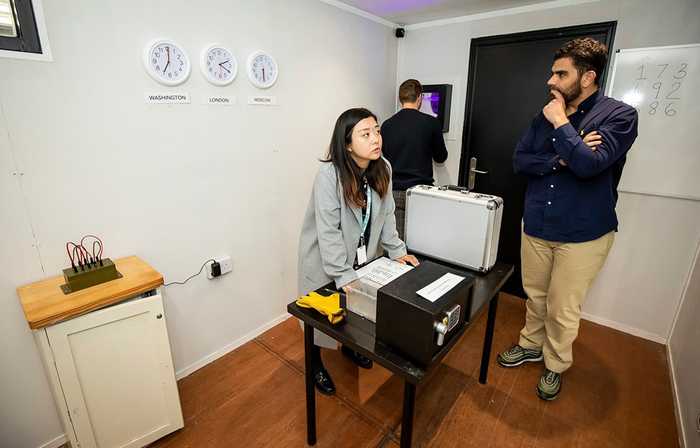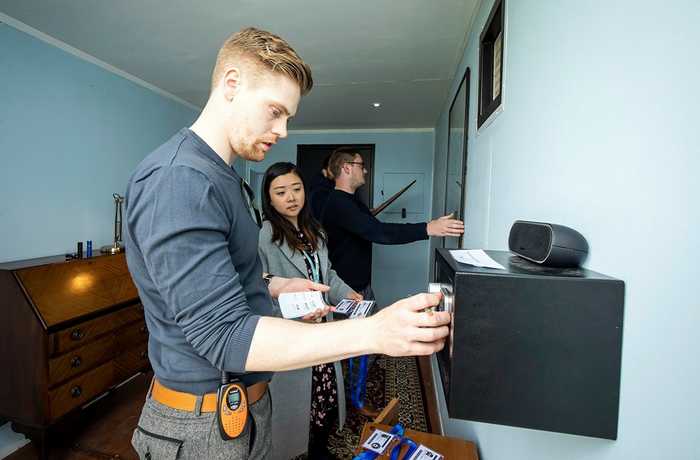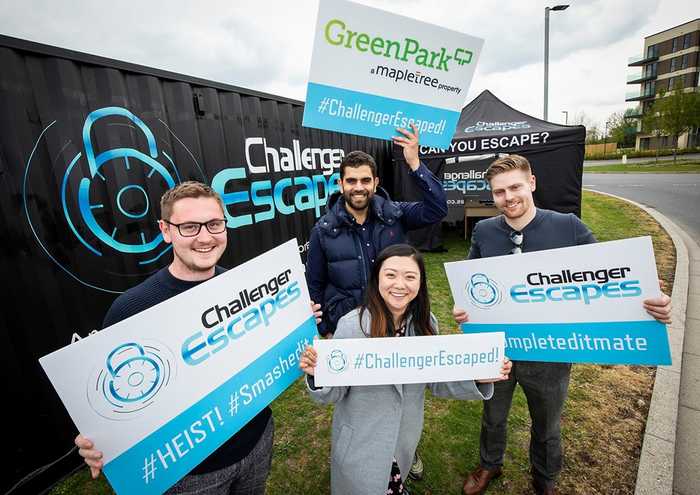Productivity in the post-COVID era

What did you do in the great lockdown of 2020?
Well, that certainly was a strange time.
We’ll all be asking this question at some point in the future and hopefully it will be from a place of everything feeling normal again. It will not be the same but it will be a routine that we can all start to rely on.
Getting there and most of all getting there quickly will be a big challenge. Knowing that a killer virus spreads from person to person then it is no surprise that the idea of staying in our own homes makes sense.
But our way of life is not designed for that.
Our success as a species relies on socialisation, on forming groups and communities - on being with other people. Indeed, for many of us, work provides for this and gives us that all important sense of purpose that goes well beyond home life whatever form that takes.
Being with your friends and family is completely different to being with your work colleagues.
For a start you are there to do a job. Tasks set by others which you are obliged to complete in return for a wage. You are very lucky if you love these tasks that you are set. The fact is that, according to Gallup, in 2019 66% of the workforce were disengaged and within that 13% were actively disengaged, i.e. they are dissing your company publicly.
With only 34% of your workforce actively engaged, there are clearly major implications for absenteeism, safety instances, product defects, productivity and ultimately profitability.
Now these figures applied prior to the global pandemic. For many weeks we have all be prevented from going to work, seemingly to be unhappy. This could mean that when we do go back and have to follow rules of social distancing and increased cleanliness that the workforce will be even less engaged. Actually, fighting over toilet roll, flour and what to watch on Netflix at home might even seem a better option.

Many companies are having to adopt skeleton staff strategies where teams are split by day in teams A, B, C and D with some working from home, others in the office. Collaboration between team members will become very transactional. If you have zoomed, skyped (what happened to them?), Microsoft teamed, Google met or used any other platform for video calling, then you will know it is not the same as being in the room together.
Firstly, you have to concentrate harder as the only cues you have are a head and shoulders and all too often pixelating over some very dodgy backgrounds. You have to watch your language; tone of voice is critical and because the context is business there is little room for frivolity as there is little “group permission” not to be getting on with it.
It is exhausting and for most a not especially pleasant experience. It may be more efficient; productivity might even be enhanced but at a team bonding level it runs the risk of being far less effective and potentially quite damaging.
There is much value in the socialising and banter as you leave a room after a meeting for the team as there is in having the meeting in the first place.

If this new way of working should prevail for some time, we have a real risk that teams will become dysfunctional, disconnected and diluted.
There will be a need to build in team bonding into the work place more than ever before.
The trouble is a lunch at the local pub, an evening meal at a local restaurant, a pizza in the office or a trip to the bowling alley are not going to cut it. These had an impact when people were working together but companies will have to look to new ways to generate the level of team bonding that was taken for granted pre COVID-19. Interestingly the army deal with this scenario on a daily basis. The first casualty of war is the plan as no plan survives engagement with the enemy.
As situations change so does the team involved as different skills are required as situations are required. And that team has to be able to place total trust in each other at a very human level.
As such, the army has a deep understanding of how you create working scenarios that blend challenge both physical and intellectual with external pressure.
Under the circumstances different people perform differently reverting to their core personality types. A good team recognises these differences and places those individuals against the task at hand where they can be most effective. The survival of their team mates depends on it.
By combining a deep understanding of individual personality types and behaviour profiles with a team challenge provides team leaders with everything they need to know to get the job done fast, effectively and to meet the set objectives.
Thankfully we are not at war but we do have battles ahead to recover our economy. It is an imperative that we find new ways to bring our teams together to learn about each other, sharing challenging experiences and gaining a deeper insight as to what makes each of us tick.
Posted on July 20th 2020


